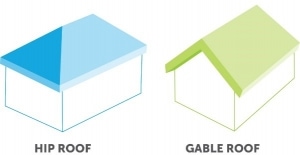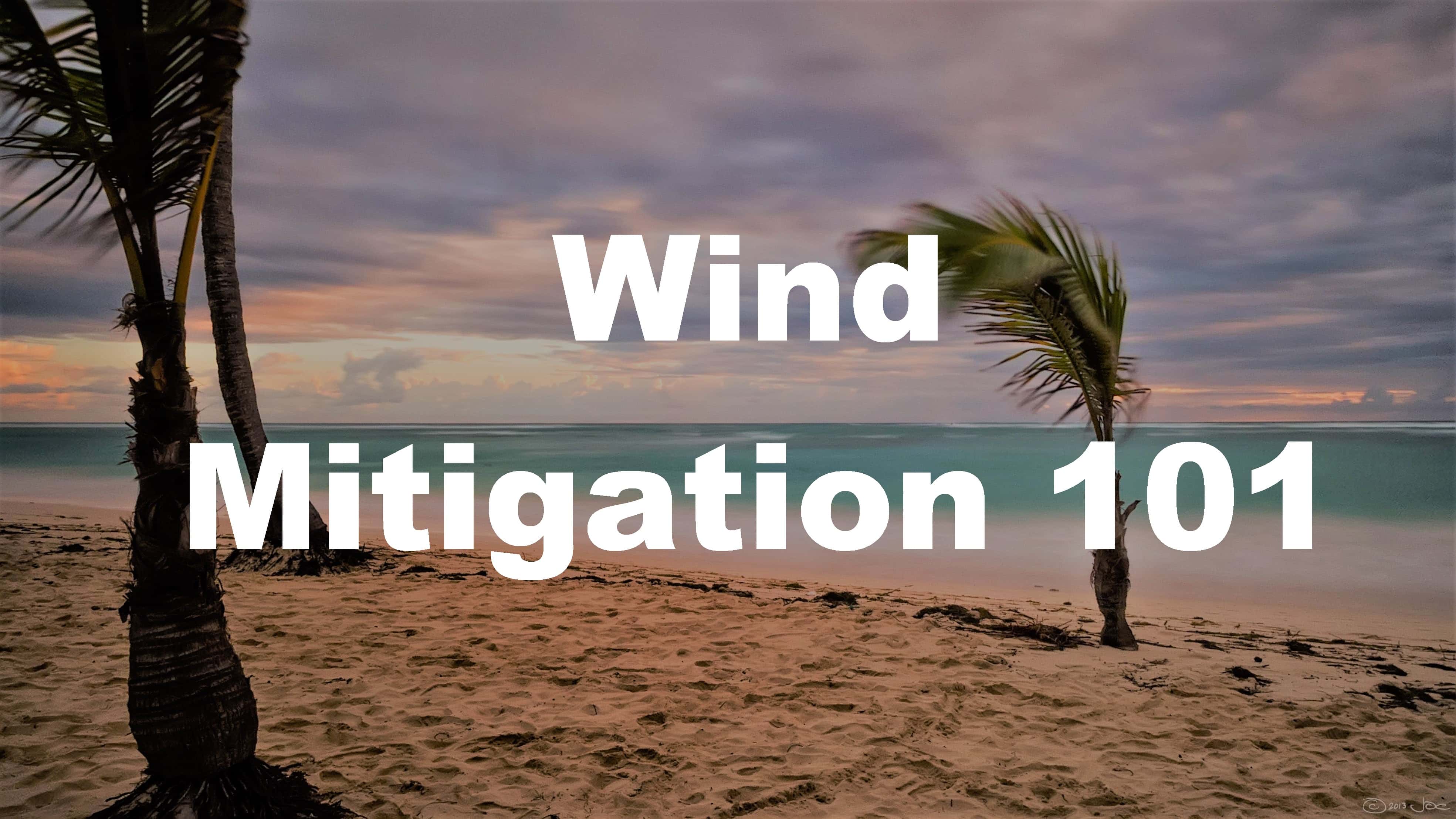By Shannon S Morgan, CIC, CPRM, CPIA
After the unusually active Atlantic hurricane seasons of 2004 and 2005, homeowner insurance rates were at an all-time high and very few companies were writing new policies. Recognizing that newly built homes or older homes that had been properly mitigated for hurricane losses were at a lower risk of suffering damage during a storm the Florida Legislature passed a bill requiring admitted insurance companies to provide discounts to homes and other residential structures such as townhomes and residential condominium associations that meet certain criteria. At first each insurance company had their own wind mitigation form (wind mit) that the homeowner needed to have completed by a qualified inspector. The forms were inconsistent and if you wanted to change insurance companies in following years you would need to pay to have the inspection redone on the wind mit of your new insurance company. So, in 2006 the Office of Insurance Regulation (OIR) designed a standardized wind mit form that all insurance companies in Florida would accept. They have since updated the form twice. The new form now requires photos backing up the data on the form. The most current version is from 2012. You can find a copy of this form below.
Let’s break this form down into the parts that influence your insurance premiums.
- Building Code: Homes built and permitted after March of 2002 will receive the basic wind mit credits automatically, even without providing a completed wind mit form.
- Roof Covering: If your roof meets the Florida Building Codes or Miami-Dade Product Approval (box A or B is checked) you will receive a discount. For Collier or Lee counties you will most likely have to have had a roof covering (i.e. shingles or tiles) installed in 2002 or later to qualify for this credit.
- Roof Deck Attachment: What is the thickness of the wood decking and what size and spacing are the nails attaching the wood decking to the trusses? Option A is the weakest and doesn’t provide any credits. Options B & C will provide you with a discount. The new building codes require the better option be met when you have a new roof put on. Option D is most often found in mid to high-rise condos with concrete for the roof deck instead of wood trusses and decks.
- Roof to Wall Attachment: Toe nails is the weakest and doesn’t provide any additional credits. Neither does other, unknown or no attic access. Clips, single or double wraps will make you eligible for a credit provided they meet specific requirements. It is not uncommon for a hurricane strap or clip to be ineligible for credits due to only having two nails; three nails are required. In that circumstance, you could have a contractor add the third nail to each wrap/clip thus making your home eligible for the credits. After the third nail is added a new wind mit documenting this addition would be needed. Structural is a feature of the mid to high-rise condos.
- Roof Geometry: Hip is the only option that provides a discount. To qualify no more than 10% of the roof perimeter can be another roof type.

- Secondary Water Resistance (SWR): Having a SWR will give you additional credits. In the event of the loss of the roof covering, the SWR will help prevent water intrusion.
- Opening Protection: For most insurance companies only options A.1 or A.2 will give you any credits. This is an all or nothing discount. Have shutters or impact rated windows on only part of your home will not make you eligible for a discount. ALL openings (windows, entry doors, garage doors, skylights or glass blocks) must meet the minimum requirements to qualify for the credit.
The inspection form is only valid for 5 years from the inspection date. The credits should remain on the policy for life without requiring a new inspection be done. (The company can require a new form if they wish, but we haven’t seen any that have requested this.) The insurance company does have a right to inspect the home to verify that the information on the form is accurate. Failure to comply with the reinspection can result in loss of your credits. If you apply for coverage with a new insurance company and your inspection is more than 5 years old a new wind mit will be needed to provide you with the wind mit credits.
The wind mit form is not a “pass” or “fail”. You can qualify for certain credits, without qualifying for another. If you have any changes to your home that would affect your credits (such as installing a new roof) you will want to provide your agent or insurance company with a newly completed form to take advantage of the better discounts. You may use any qualified inspector of your choice. Your agent can also recommend a qualified inspector in your area.
If you have any further questions about wind mitigation credits or residential property insurance, please contact one of our knowledgeable agents at 239-263-3455.
2012 Wind Mitigation Inspection Form

